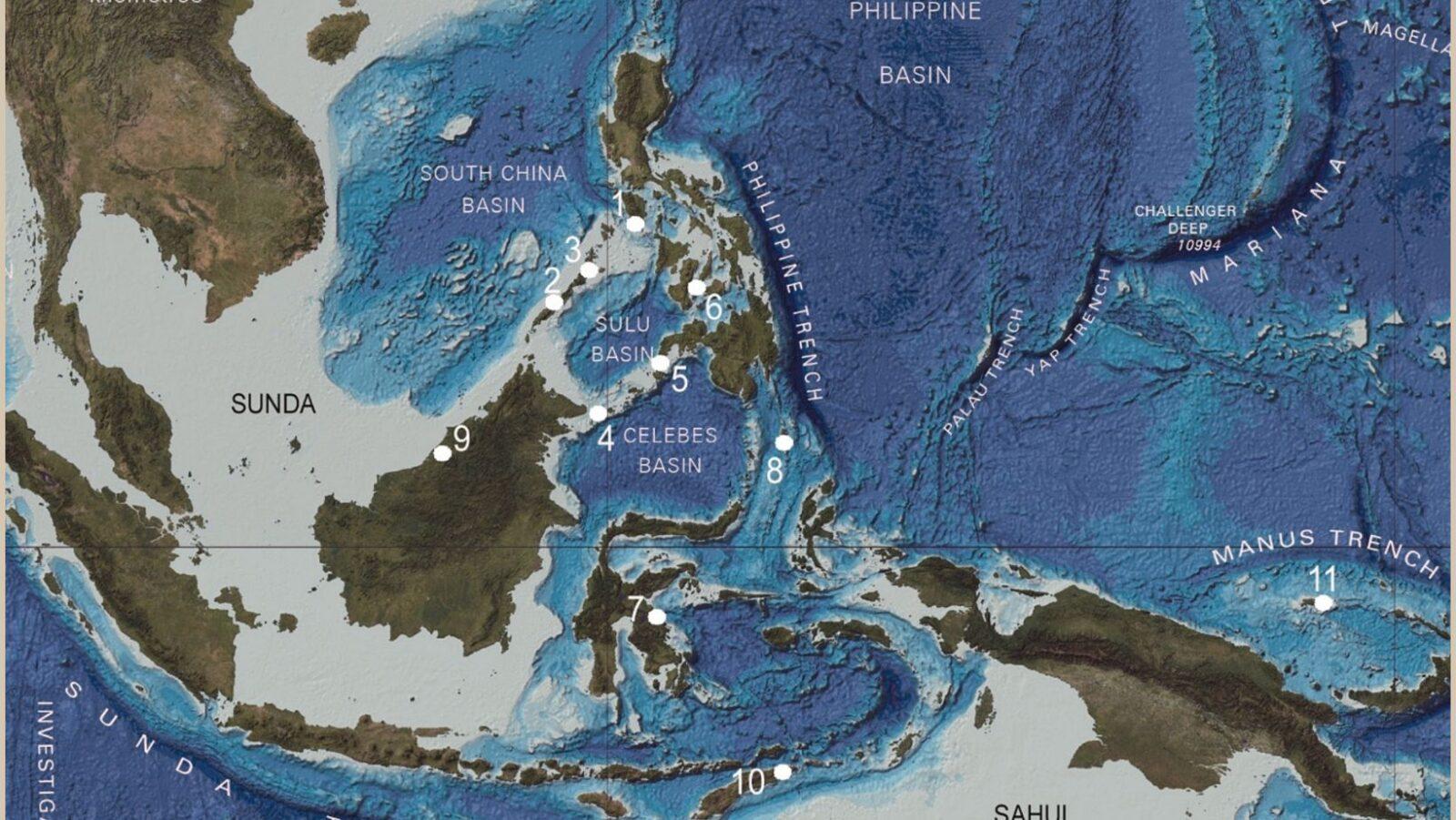ICYMI: A handful of science and technology updates from September 23 to September 29, 2018.
Meet Ledumahadi mafube, the Jurassic era’s South African “giant thunderclap at dawn”

Artist’s interpretation of Ledumahadi mafube. Credit: Viktor Radermacher/University of the Witwatersrand
Scientists discovered a new species of long-necked, plant-eating dinosaur in South Africa. Ledumahadi mafube (“A giant thunderclap at dawn”) was a Jurassic sauropodomorph — a precursor to sauropods — that lived 200 million years ago. It weighed 12 tons and stood approximately 4 meters high at the hips, making it the largest land animal on Earth during its time. Unlike its straight-legged descendants, Ledumahadi mafube walked with slightly bent knees, similar to today’s cats and dogs. Read the full story.
Lidar technology confirms incredible findings on ancient Mayan civilization
Researchers from the U.S., Europe, and Guatemala used jungle-penetrating Lidar (light detection and ranging) technology to document and analyze over 2,100 square kilometers of the Maya Biosphere Reserve. They uncovered some truly amazing discoveries, including 61,480 house, palaces, pyramids, and ceremonial centers (which put the population somewhere between 7 to 11 million during 650 to 800 BCE); 362 square kilometers of modified agricultural terrain and 952 square kilometers of viable farmland, giving a clearer picture of their agricultural capabilities; and 106 square kilometers of causeways and defensive structures, providing a compelling illustration of Mayan warfare. Read the full story.
A Mediterranean hurricane is forming — and headed for Greece

The Medicane forming in the eastern Mediterranean. Credit: PopSci/Google Earth (Taken Sept. 28, 2018)
An uncommon type of storm (called a “Medicane,” a portmanteau of “Mediterranean” and “hurricane”) is currently forming in the eastern Mediterranean Sea. These storms form only once or twice a year. This one is expected to bring up to 60 mph of gust and several inches of rain to Greece and other parts of eastern Europe. Read the full story.
Scientists develop new self-powered heart monitor that attaches to skin
Researchers have developed a “human-friendly, ultra-flexible” organic sensor. This device attaches to the skin and, due to the integration of an organic electrochemical transistor, becomes a “flexible organic solar cell” that is capable of measuring heartbeats of both rats and humans. Under bright light conditions, the device can function as a self-powered heart monitor. Read the full story.
Facebook breach compromises security of 50 million users

Facebook CEO Mark Zuckerberg. Credit: Josh Edelson/Agence France-Presse-Getty Images
If you got logged out of your Facebook account last September 28, here’s the reason why. Facebook confirmed that an attack on its network’s defenses exposed the personal data of approximately 50 million users of the platform. To counter the breach, over 90 million users were forced to log out of their accounts. Facebook has since fixed the problem, and is currently investigating the origin and identity of the attacker/s. Read the full story.
Researchers uncover bizarre possible origin of life’s building blocks
Working with fellow researchers in France and Taiwan, a team from the University of Hawaii at Manoa presented interesting evidence about the mysterious origins of phosphates, a key element in living beings. According to the researchers, their findings suggest that phosphates may have come from outer space, crash-landing on Earth via meteorite or transferred via comet within its first billion years of existence. Read the full story.
Science communicators feted at 1st Bantog Media Awards

The Bantog awardees pose on the stage with officials from the Department of Science and Technology (DOST). Credit: Hana Abello/FlipScience
The Philippines’ top science communicators were recognized and awarded by the Department of Science and Technology-Science and Technology Information Institute (DOST-STII) at the first-ever Bantog: Science for the People Media Awards. Held at the Philippine International Convention Center on September 2018, Bantog spotlighted media practitioners from TV, print, online, and radio (as well as its own S&T officers) who have made “significant contributions to the promotion of science and technology information” in the Philippines.







